The intricate dance of life within ecosystems has long fascinated ecologists, particularly the cascading effects triggered by apex predators. These top-tier hunters don't merely regulate prey populations—they reshape entire landscapes through what we now call trophic cascades. When wolves howl in Yellowstone or sharks patrol coral reefs, they initiate chains of events that reverberate through multiple trophic levels, ultimately influencing everything from plant growth to soil chemistry.
Nature's domino effect begins with teeth and claws. A classic example emerged from Yellowstone National Park's wolf reintroduction program. After seven decades of absence, the return of Canis lupus in 1995 transformed the ecosystem in ways scientists hadn't fully anticipated. The wolves' predation on elk allowed overbrowsed willow and aspen stands to recover, which in turn stabilized riverbanks and created habitat for songbirds. Beaver colonies flourished in the newly protected waterways, demonstrating how predator presence can engineer physical landscapes.
Marine systems reveal equally dramatic patterns. Along Pacific coastlines, the disappearance of sea otters—keystone predators in kelp forest ecosystems—unleashes population explosions of sea urchins. These spiny herbivores then devour kelp forests down to barren "urchin barrens," eliminating critical habitat for fish and invertebrates. The otter's role exemplifies the disproportionate impact certain predators exert on community structure through both direct consumption and behavioral intimidation.
Fear itself becomes an ecological force. Predators influence prey behavior through the "landscape of fear," where potential meals alter feeding patterns and habitat use to avoid becoming dinner. White-tailed deer in eastern forests browse less intensively near wolf territories, allowing saplings a fighting chance. Similarly, reef fish avoid open waters when shark silhouettes appear, permitting algae-cleaning species to thrive on coral surfaces. These non-consumptive effects often prove as significant as actual predation in shaping ecosystems.
The phenomenon isn't limited to charismatic megafauna. In the microscopic world, predatory bacteria like Bdellovibrio bacteriovorus can reshape microbial communities by selectively consuming certain pathogens. Even viruses participate in trophic cascades—phages that infect cyanobacteria indirectly boost diatoms by suppressing their photosynthetic competitors. These invisible interactions underscore the universality of top-down regulation across biological scales.
Human disruption of trophic cascades carries profound consequences. Overhunting of predators has triggered "mesopredator release," where medium-sized carnivores like raccoons or feral cats proliferate unchecked. The resulting devastation of small mammals and ground-nesting birds illustrates how removing top predators destabilizes entire food webs. Conversely, poorly planned predator reintroductions can backfire—invasive predators often lack evolutionary relationships with native prey, causing catastrophic collapses rather than balanced regulation.
Climate change now interacts with trophic cascades in complex ways. Warming Arctic waters have diminished sea ice, forcing polar bears to hunt more terrestrial prey. This increased predation pressure on snow geese may indirectly benefit fragile tundra vegetation normally devastated by overgrazing. Yet such climate-mediated cascades remain unpredictable—some ecosystems may see predator effects amplified while others experience complete rewiring of traditional trophic relationships.
Conservation strategies increasingly recognize trophic cascades as management tools. "Rewilding" projects worldwide aim to restore ecological balance by reintroducing apex predators, from jaguars in Iberá wetlands to Tasmanian devils on Australian islands. Marine protected areas demonstrate how shielding shark populations can revitalize coral reefs through cascading effects. These approaches require nuanced understanding of local food web dynamics—what works in one ecosystem may prove disastrous in another.
The study of trophic cascades continues to evolve with technological advances. Stable isotope analysis now allows precise tracking of energy flow through food chains, while camera traps and acoustic monitoring reveal previously unseen predator-prey interactions. Network theory provides frameworks to predict which ecosystems will exhibit strong cascades versus those with more diffuse top-down control. Each discovery reinforces Leopold's observation that "to keep every cog and wheel is the first precaution of intelligent tinkering."
As we grapple with biodiversity crises, understanding trophic cascades becomes not just academic but existential. These ecological reverberations remind us that predators represent far more than killing machines—they are architects of biodiversity, weavers of food webs, and unwitting partners in humanity's own survival. Their teeth shape the world in ways we're only beginning to comprehend, one cascading interaction at a time.
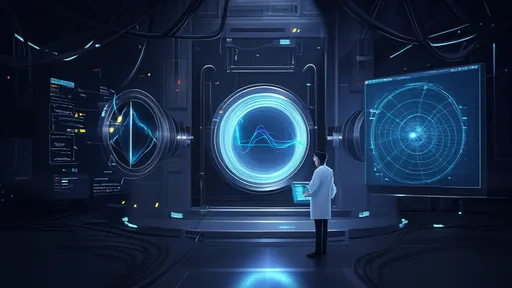
By /Jun 19, 2025
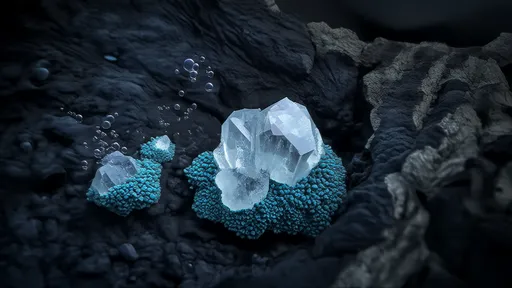
By /Jun 19, 2025

By /Jun 19, 2025

By /Jun 19, 2025
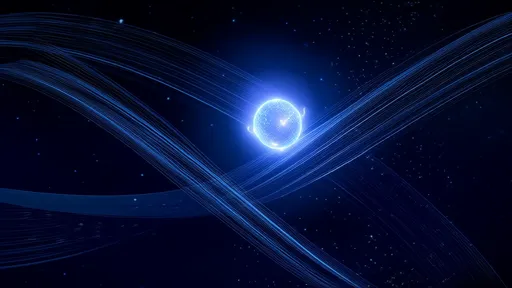
By /Jun 19, 2025
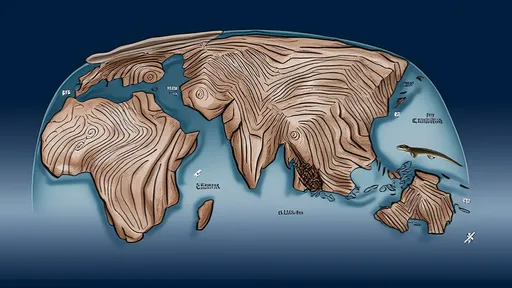
By /Jun 19, 2025

By /Jun 19, 2025
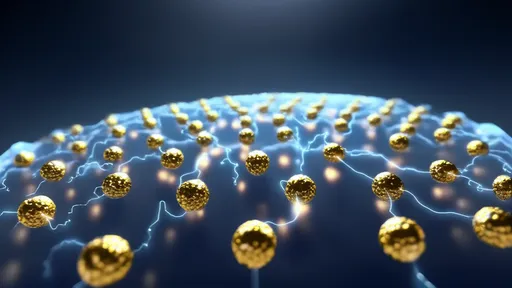
By /Jun 19, 2025
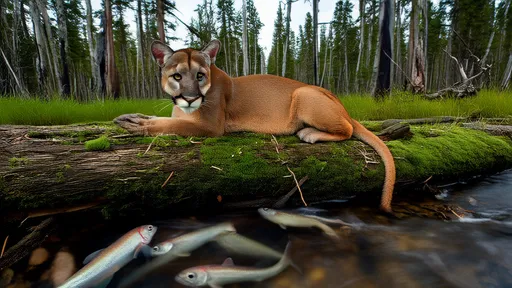
By /Jun 19, 2025
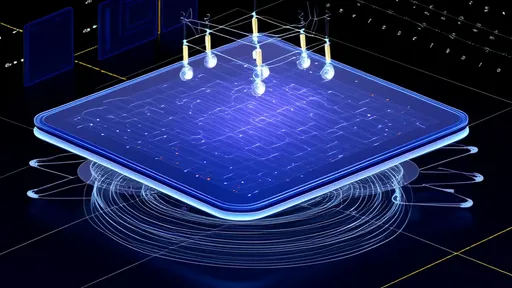
By /Jun 19, 2025
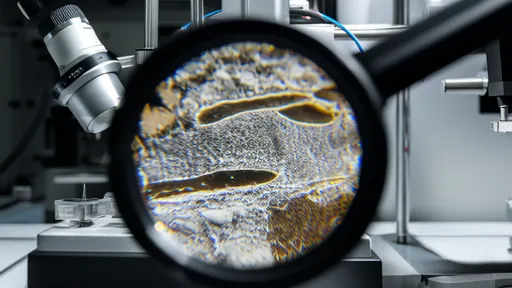
By /Jun 19, 2025

By /Jun 19, 2025
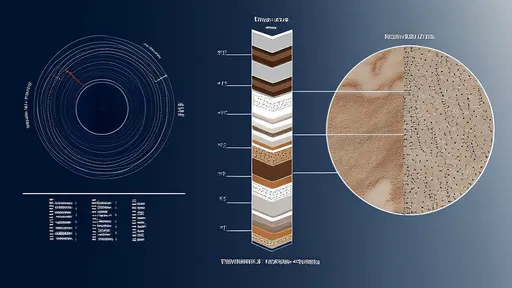
By /Jun 19, 2025
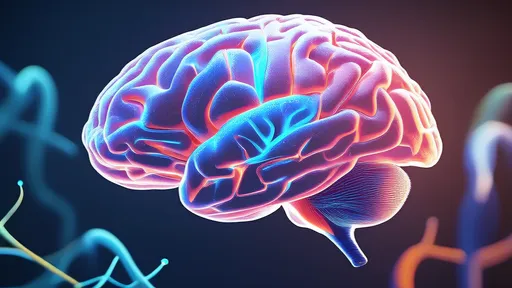
By /Jun 19, 2025
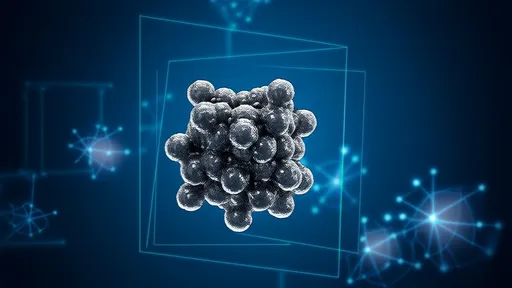
By /Jun 19, 2025
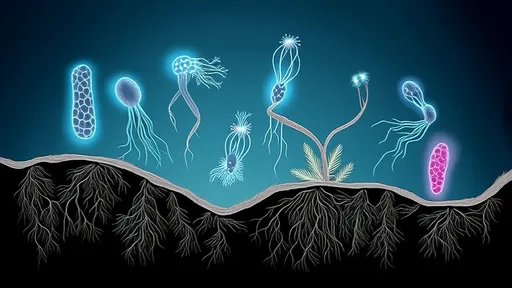
By /Jun 19, 2025
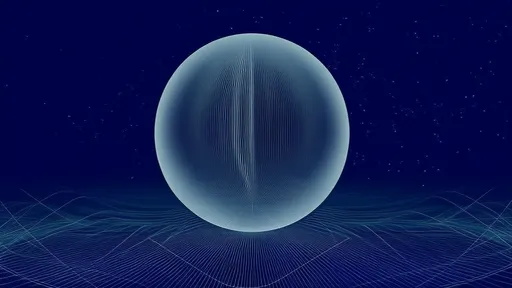
By /Jun 19, 2025